No longer the undeveloped concrete eyesore it once was, Discovery Green has been transformed into a 12-acre, LEED Gold certified public park located in Houston’s dense urban core. Opened in 2008, the park was the result of a successful public-private partnership between the City of Houston and Discovery Green Conservancy and has been incredibly well-received by millions of visitors. More after the jump…
Discovery Green’s Mission Statement:
“To provide an uncommonly beautiful, urban green space in the heart of Houston that serves as a village green for our city, a source of health and happiness for our citizens and a window into the incredible diversity of talents and traditions that enrich life in Houston.”

Site Plan (above) via archdaily.com
Located across from the George R. Brown Convention Center, Discovery Green once consisted of giant expanses of parking lot space before the land was purchased by the City of Houston in 2002. Using community input generated with Projects for Public Spaces, in 2005, Hargreaves Associates was appointed the design team for Discovery Green. Today, the expansive public park consists of eleven different gardens, four water features, two restaurants, various play areas, performance spaces, free wi-fi, and a underground 620-stall parking garage.
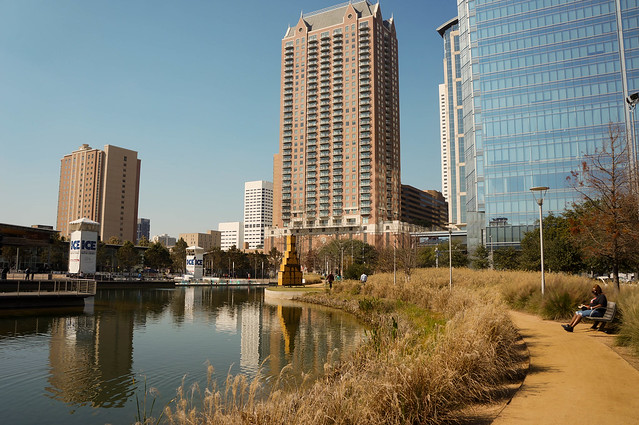
Other than its role as Village Green in downtown Houston, Discovery Green’s main draw is its programming, which generates approximately 70% of the visits to the park. More than 800 public and private events are held each year, ranging from those in the arts to health and fitness as well as a weekly farmers market. In the winter, the park sets up a temporary ice skating rink, attracting more than 20,000 annual skaters.
Discovery Green’s popularity and success has also been a huge economic catalyst for more than $500 million in downtown development projects.
Perfectly manicured with beautiful blooming gardens and an abundance of active and passive outdoor rooms, it’s evident that Discovery Green is the eco-friendly pride and joy of downtown Houston. But, for such a family-friendly park that draws massive crowds–such as Lebowski Fest–the park is not located in a terribly convenient area for locals. Lack of nearby parking as well as parking costs have also been cited as one of the biggest downsides to coming to the park. Hopefully, however, growing public interest in the park will spur more attention in transportation alternatives and creating a denser urban fabric in Houston.
About the Journey:
Hi! My name is Lucy Wang and I’m a recent landscape architecture grad from the University of Maryland. I travelled the U.S. (and parts of Canada) by mass transportation for several months in search of great, publicly-accessible landscape architecture sites, as well as landscape architecture firms and universities. I’ll be sharing some of my favorite finds on Land8 along the way. For more information, check out my profile. As always, feel free to leave a comment below!
Where I’ve been:
San Antonio Japanese Tea Garden, San Antonio
Waterfall Garden Park, Seattle
California Academy of Sciences Green Roof, San Francisco
Gary Comer Youth Center Green Roof, Chicago
Lafayette Greens, Downtown Detroit
Receive the latest from Land8 via email: http://goo.gl/fEvxo
Published in Blog

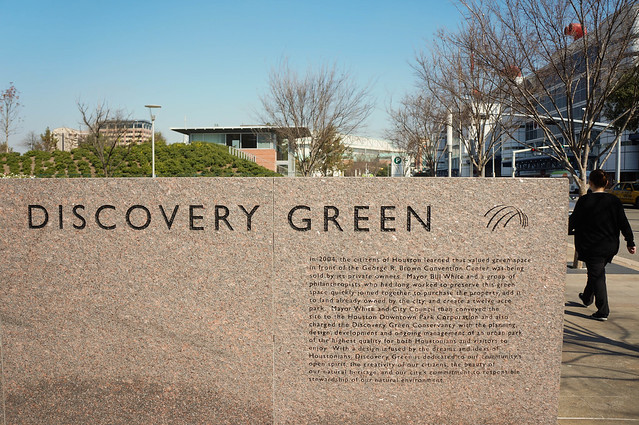
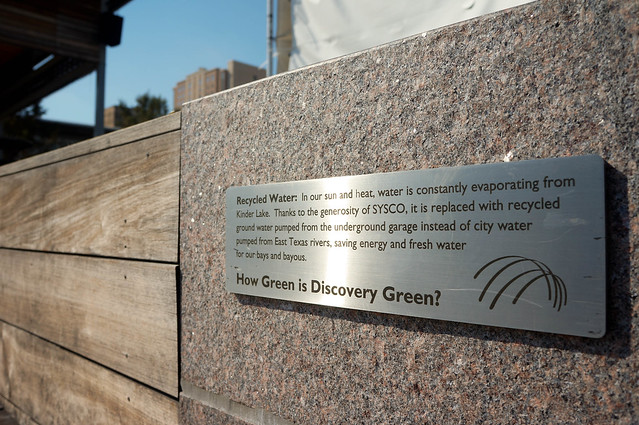

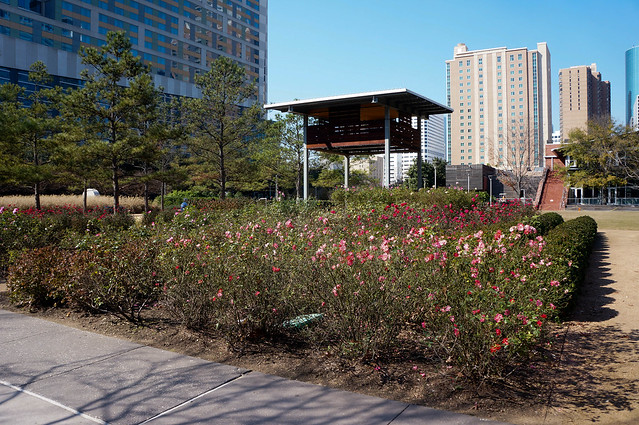


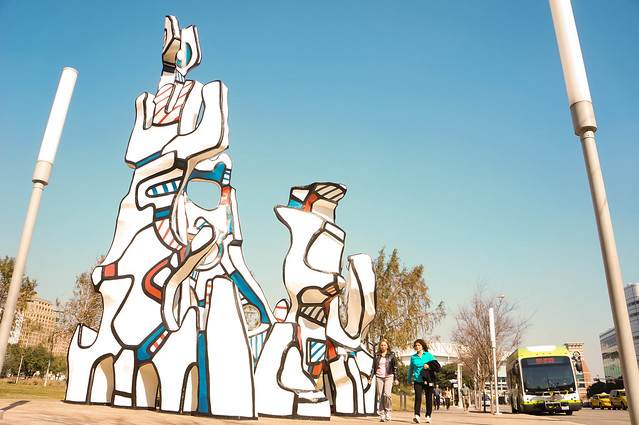
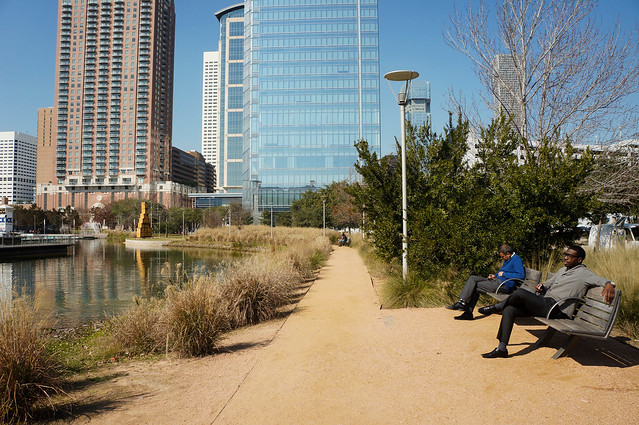
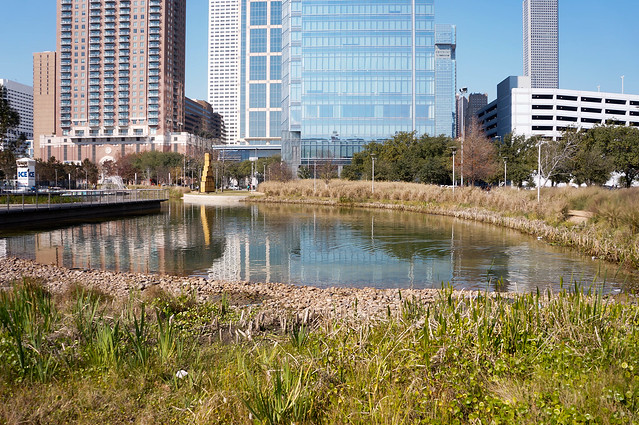
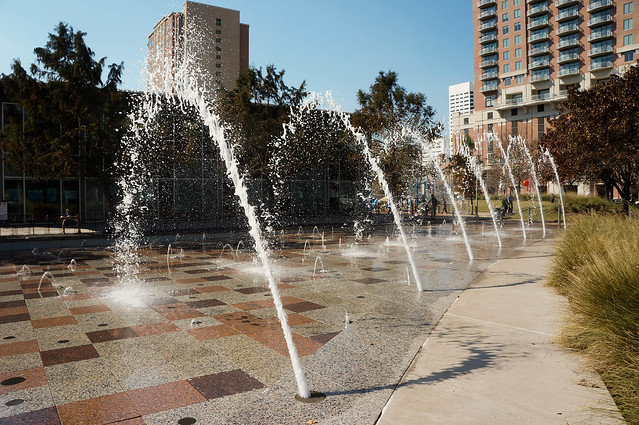
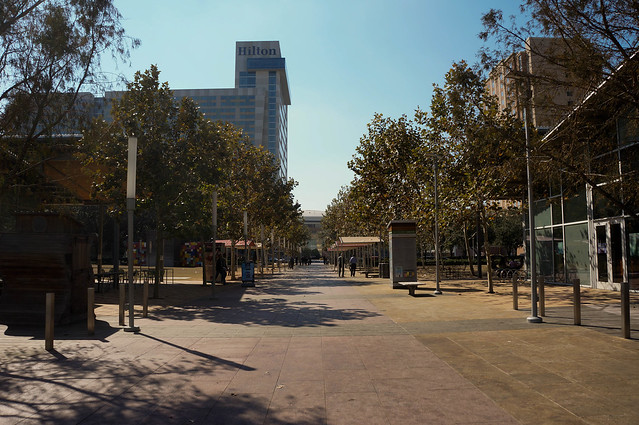

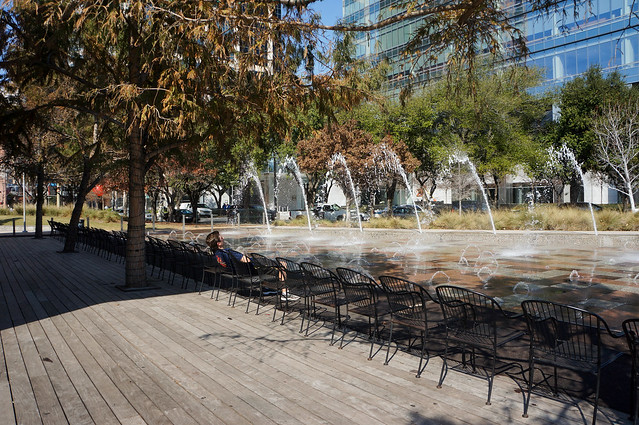
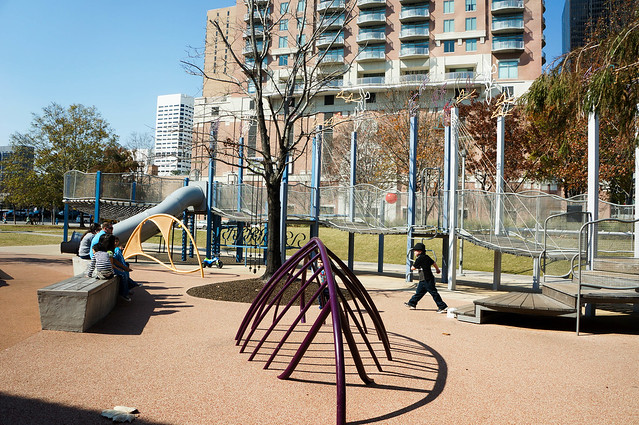




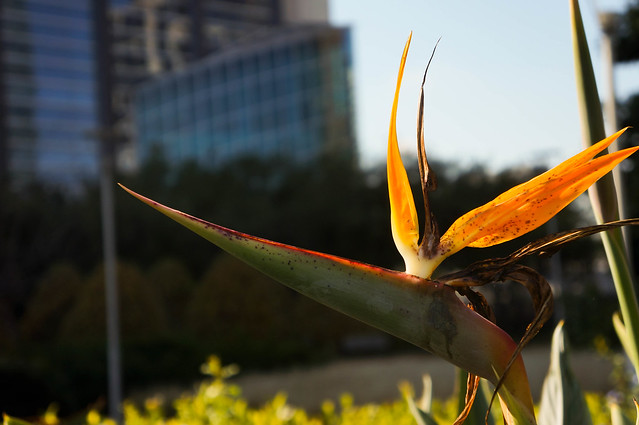


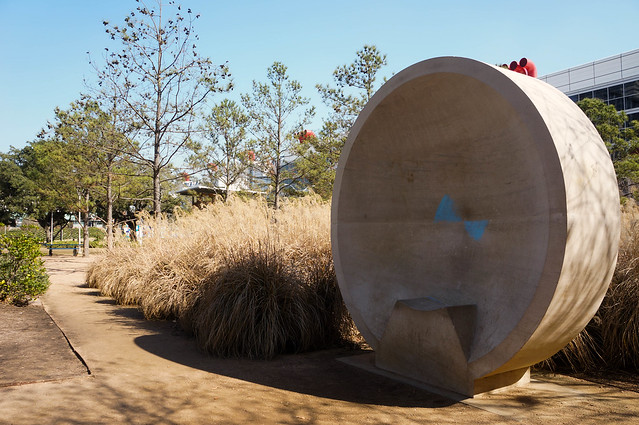
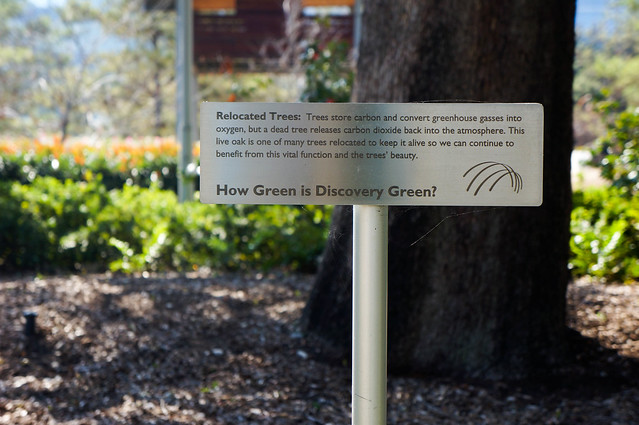







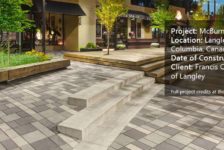


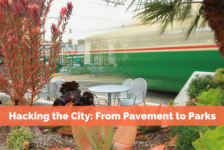

Mark A. Robertson
I am curious how a park qualified for LEED certification? Under which rating system and what were the credits awarded to qualify. I have always been under the impression there was not a Site rating system which would typically be a park. Or were there buildings that qualified and the site was part of the development? Anyone have the answers to this?
Lucy Wang
@ Mark A. Robertson
The overall project of Discovery Green received LEED Gold certification, including both the architecture and grounds (link). Within the listed criteria, there are points rewarded to certain site features such as water efficiency (link). But you are right that LEED ratings are more heavily biased towards architecture. Therefore you might want to look at the Sustainable Sites Initiative (SITES), which was developed to fill that gap and provide site-specific guidelines.